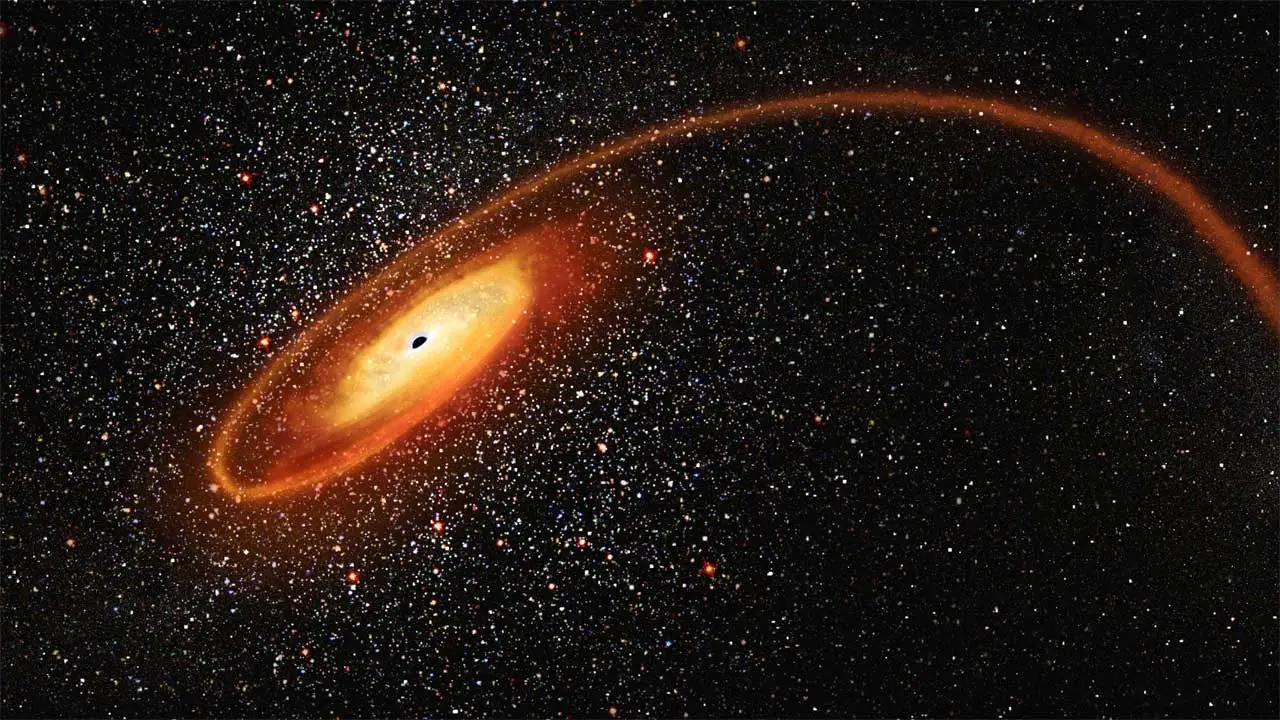First-generation stars can reveal the secrets of universe evolution in the early stages of its history. However, it is very difficult to find them, therefore, scientists have developed a new method.

First stars
Researchers from the Faculty of Physics at the University of Hong Kong have proposed a new method for searching for first-generation stars, also known as Population III, which scientists are very interested in. They were real factories for the production of elements heavier than helium, and therefore can tell a lot about the chemical evolution of the universe in the early stages of its existence.
However, it is extremely difficult to observe them directly. The fact is that all of them had a short existence time, so they disappeared long before the Sun and Earth were formed. They can only be seen in galaxies billions of years away from us.
We see these systems as they were when they consisted entirely of Population III. Unfortunately, the resolution of our telescopes is still insufficient to see individual luminaries at such a distance. Therefore, we should study them in various indirect ways.
What is the new way?
The new method proposed by Hong Kong scientists and already recognized by their colleagues around the world as effective is based on the assumption that the first stars, like the rest of the luminaries, died from time to time when they collided with black holes.
When a black hole gets close to a star, it literally tears it apart. A phenomenon known as a tidal disruption event occurs. It can exceed even supernova flares in its brightness. Therefore, it should be clearly visible even at a distance of billions of light years.
Scientists developed a way to determine by the parameters of the tidal destruction event that it was the first generation star that died in it. This is not difficult to do, given that, according to scientists, such an explosion should be stretched over time.
The most important thing about the new method is that new astronomical instruments such as James Webb and the Nancy Roman telescopes are sensitive enough to see such a flare, even if it occurred in one of the very first galaxies. Scientists are especially counting on the second astronomical instrument with its huge field of view.
Follow us on Twitter to get the most interesting space news in time
https://twitter.com/ust_magazine


